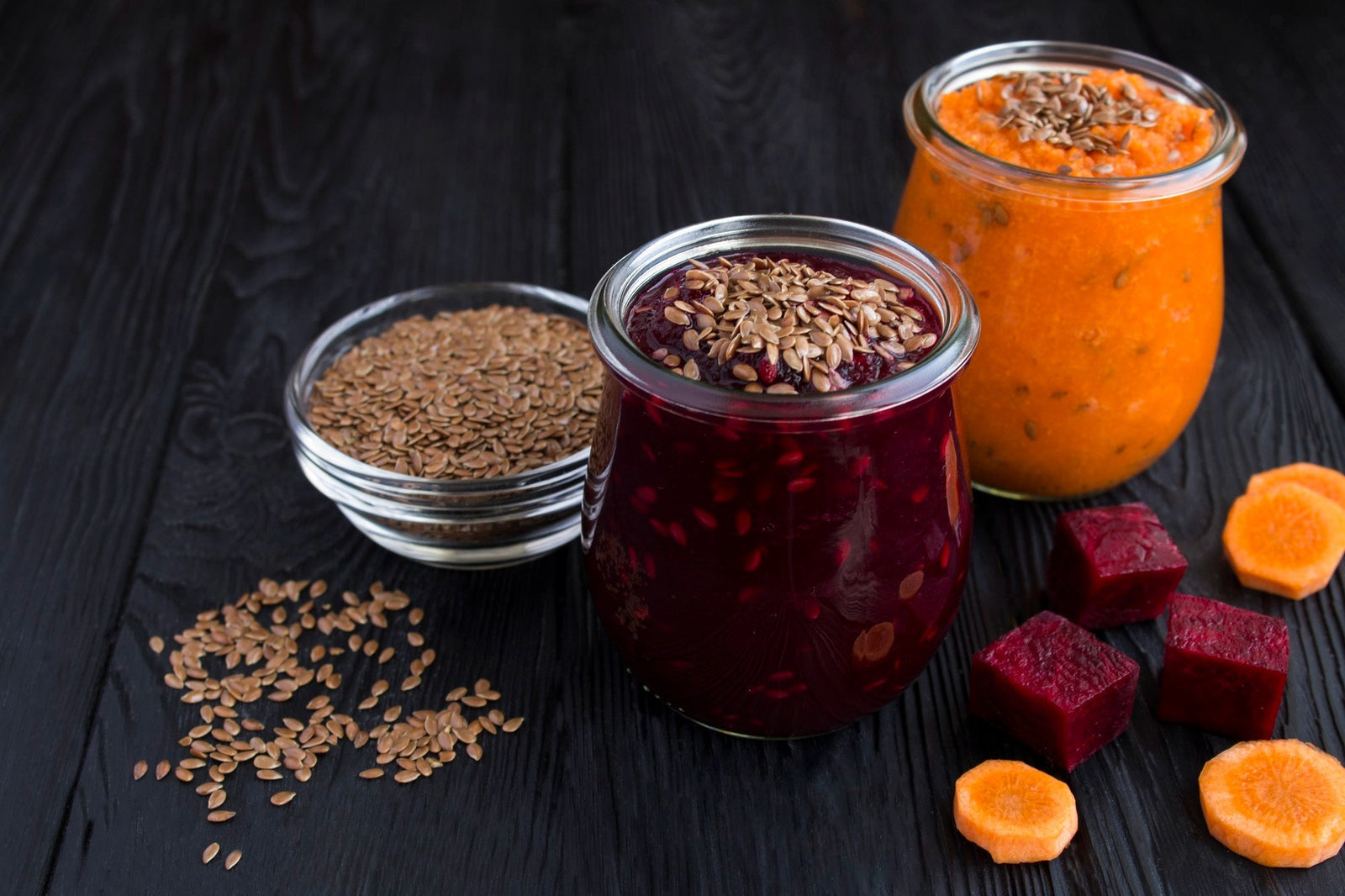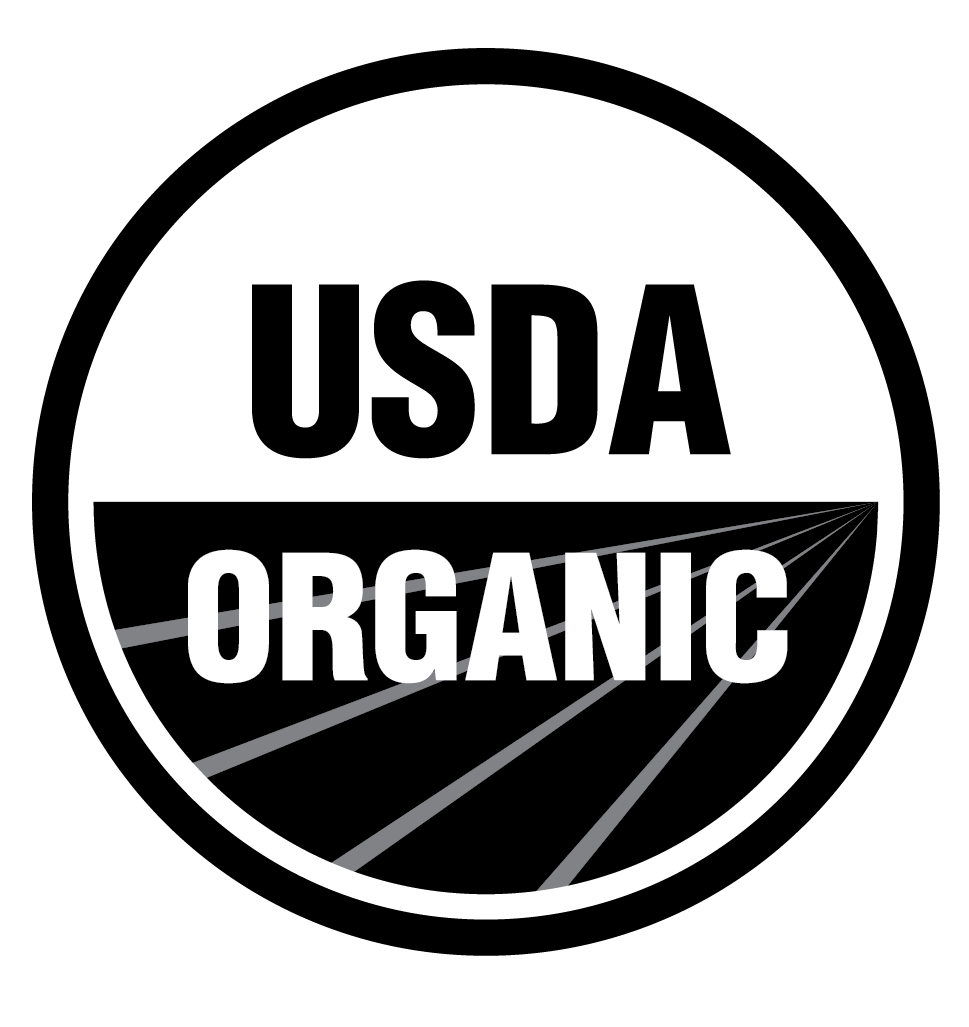
February 14, 2017 3 min read
Origin of oat bran
The ancestry of the modern oat can be traced back to the wild red oat, a plant originating in Asia. It is believed that this plant has been cultivated for about two thousand years in different areas of the world. Some research even suggests that oats were primarily used for medicinal purposes before they came to be recognized as a staple food worldwide.
Health benefits of oat bran
Including oat bran in your diet is a nutritious and delicious way of increasing your fiber intake, particularly soluble fiber (for more on soluble vs insoluble fiber, click here). Oftentimes, there is confusion regarding the differences between oat bran and other oat products like oatmeal. The main difference is that while most oat products like oatmeal are derived from the oat kernel, oat bran is comprised of only the husk of these kernels. This means that oat bran is not technically a complete grain. However, its nutritional profile delivers many of the same benefits as whole grains while delivering a much larger proportion of fiber per serving, with lower concentrations of calories and fat.
The nutritional profile of oat bran shows this cereal to be a dense source of dietary fiber with significant supplies of protein, iron, magnesium, phosphorous, manganese and selenium. In addition, oat bran has only negligible amounts of sodium and no cholesterol at all. As mentioned previously, oat bran contains fewer calories when compared to the same amount of oats because the former is mostly fiber while the latter is the kernel, a component higher in carbohydrates.
Perhaps the most important of oat bran’s nutritional benefits is the amount of soluble fiber that this cereal has to offer. While all fiber is good, the soluble fiber found in oat bran specifically targets LDL or bad cholesterol. This has the dual effect of both lowering blood cholesterol as well as regulating blood glucose levels.
In addition, oat bran is a naturally gluten-free option for those people who may suffer from gluten sensitivities, intolerances, or more serious conditions such as celiac disease. Oat bran is a typically well-tolerated wheat alternative for most people, and with certified gluten-free oat bran* it can also be a safe alternative even for celiac patients.
How to cook with oat bran
Oat bran is typically ground to a consistency much finer than oatmeal. It is also a hardy cereal that offers a distinctive flavor that adds a creamy and soothing texture to dishes when used in cooking.
One point to keep in mind when using oat bran is that if not stored properly, it can turn rancid. Ideally, it should be kept in a tightly sealed container and stored in a cool, dark, and dry place. The optimal storage temperature is in the mid-50s Fahrenheit. Some experts would even suggest prolonging its shelf life by storing it in the freezer, also in a tightly sealed container. For the most part, the frozen oat bran needs no thawing and can be used in a recipe directly out of the freezer.
Ideas for preparing oat bran
Oat bran has many uses: It may be cooked and used as a hot cereal, it can be sprinkled onto dishes as a topping without being cooked- for example over cold cereals, yogurt, or cottage cheese. Another popular idea is to add it to smoothies to get that extra boost of energy. For the bakers out there, oat bran is often added when baking muffins, crisps, breads, and other baked goods. Nothing adds that distinctive creamy texture along with a rich nutty flavor like oat bran.
So go ahead and add that serving of oat bran to your favorite meal to get the best of what this nutritious cereal has to offer.
❤ Try our USDA certified organic Oat Bran ❤
Recipes:
Related Blogs:
Thanks for reading this Be Still Farms Blog article. To sign up for more news/articles and/or recipes, click here. For more about us, click here. To shop our certified organic products, click here.
Please comment and share and we look forward to serving you in the future!
Comments will be approved before showing up.

January 27, 2025 3 min read
Flaxseed, the tiny yet powerful superfood, is packed with nutrients that can support weight loss. From curbing hunger to stabilizing blood sugar, this guide dives into the science of how flaxseed can help you shed those extra pounds.

December 11, 2024 3 min read
Discover three quick and easy soup recipes featuring organic small red beans. From a classic vegetable soup to a creamy potato blend, these wholesome recipes are perfect for chilly days and busy weeknights. Packed with flavor and nutrition, these soups will warm your heart and soul this winter!

December 06, 2024 3 min read
This vibrant and nutritious Green Lentil Salad combines tender lentils with grilled chicken, fresh vegetables, and a zesty lemon dressing. Packed with protein, fiber, and essential vitamins, it’s the perfect healthy meal for any time of day.
© 2025 Be Still Farms- Real, Fine Organics.
Privacy | Terms | Refund Policy | Organic Certification
